New York Times leaked memo on Gaza coverage reveals obfuscation of facts
By Press TV Staff Writer
In a bid to whitewash Israeli genocidal war crimes in the Gaza Strip, the New York Times has introduced new writing guidelines for its journalists, according to a leaked internal memo.
The American newspaper has called on its reporters covering Israel’s war on Gaza to refrain from using terms such as "genocide" and "ethnic cleansing" to describe the violence unleashed on Palestinians, while also advising to avoid the phrase "occupied territory" when referring to the occupied Palestinian territories.
Authored by NYT standards editor Susan Wessling, international editor Philip Pan, and their deputies, the memo also advises against the use of the word Palestine “except in very rare cases”.
“Do not use in datelines, routine text or headlines, except in very rare cases such as when the United Nations General Assembly elevated Palestine to a nonmember observer state, or references to historic Palestine,” the memo reads.
This directive has raised eyebrows as millions identify themselves as Palestinians, with Palestine holding representation at the United Nations.
The omission of the words “genocide” and “ethnic cleansing” also are in line with the newspaper’s deliberate spin-doctoring of news related to the unfolding genocide in Gaza, which has already claimed more than 34,000 innocent lives, the majority of them children and women.
Journalists working with the New York Times have also been advised against using the term "refugee camps" to describe areas in Gaza settled by displaced Palestinians, despite their recognition by the United Nations and housing hundreds of thousands of registered refugees.
The memo claims to provide guidance on terminology and issues amid the Israeli genocidal war against Gaza. However, several Times employees have warned that it reflects a bias towards official Israeli narratives, lacking acknowledgment of the historical context of Israeli occupation.
According to one anonymous Times source, the guidelines may seem logical without an understanding of the long-standing issue rooted in history.
“I think it’s the kind of thing that looks professional and logical if you have no knowledge of the historical context of the Palestinian-Israeli conflict,” the source was quoted as saying.
“But if you do know, it will be clear how apologetic it is to Israel.”
The damning document about NYT comes months after the newspaper's baseless story on systematic sexual violence on October 7, which faced significant backlash for its trumped-up accusations against the Hamas resistance group, further staining the newspaper's credibility.
NYT journalists react to controversial guidelines
In response to the New York Times' controversial guidelines, some journalists within the organization have voiced their anger and dissent, highlighting concerns about the standards applied to reporting violence perpetuated by the Israeli regime against Palestinians.
While acknowledging the common practice of news companies setting style guidelines, one Times reporter emphasized the unique scrutiny applied to violence involving Israel, which has not gone unnoticed by readers, leading to frustration and questioning of the newspaper's objectivity.
“It’s not unusual for news companies to set style guidelines, but there are unique standards applied to violence perpetrated by Israel. Readers have noticed and I understand their frustration,” the anonymous source was quoted as saying by The Intercept.
The Times memo also urges its reporters not to use words such as ‘slaughter,’ ‘massacre’ and ‘carnage’ in order not to provoke the readers' emotions on the war in Gaza.
“Words like ‘slaughter,’ ‘massacre’ and ‘carnage’ often convey more emotion than information. Think hard before using them in our own voice,” the memo writes.
Justifying its biased policy, the memo claims that it's actually encouraging journalists to prioritize clarity and precision in their reporting, focusing on describing events rather than providing graphic details about the violence unleashed on Palestinians by the occupying regime.
“Can we articulate why we are applying those words to one particular situation and not another? As always, we should focus on clarity and precision — describe what happened rather than using a label,” the memo states.
✍️ Feature - Sham: New York Times hits new low with discredited ‘Hamas mass rape’ storyhttps://t.co/AurLO2pZ7J pic.twitter.com/yHS8nGdqvv
— Press TV 🔻 (@PressTV) March 19, 2024
NYT prioritize Israelis over Palestinians: Analysts
Despite claims that the guidelines aim to avoid incendiary language in reporting violence "on all sides," observers have pointed out a pattern of disproportionate language use.
According to them, there seems to be a disparity in the application of terms like "slaughter" and "massacre," with a noticeable bias against Palestinian massacred by the Israeli regime.
According to The Intercept's findings, major newspapers such as the New York Times have consistently used terms like "massacre" and "slaughter" to describe attacks on Israelis, while rarely employing such language to characterize Israeli genocidal actions against Palestinians.
The memo addresses the sensitive topic of "genocide," emphasizing the legal definition of the term in international law and indirectly claiming that the Israeli regime is adhering to this law.
“‘Genocide’ has a specific definition in international law. In our own voice, we should generally use it only in the context of those legal parameters. We should also set a high bar for allowing others to use it as an accusation, whether in quotations or not unless they are making a substantive argument based on the legal definition,” the directive reads.
The memo, according to analysts, is a conscious attempt to give a clean chit to the child-murdering regime that has so far killed close to 15,000 children in around 200 days of the war.
Redefining 'ethnic cleansing', 'refugee camps'
The leaked memo also issues directives on the usage of other terms such as "ethnic cleansing," urging journalists to seek specifics or provide proper context when such accusations arise.
The guidelines diverge from conventional terminology by advising against the use of "refugee camps" to describe settlements in Gaza, instead suggesting descriptors like "neighborhoods" or "areas."
“While termed refugee camps, the refugee centers in Gaza are developed and densely populated neighborhoods dating to the 1948 war. Refer to them as neighborhoods, or areas, and if further context is necessary, explain how they have historically been called refugee camps.”
The guidelines contradict the fact that Palestinians are once again living in tent cities in Rafah and elsewhere in the territory following the destruction of entire neighborhoods by Israeli forces
The memo's insistence on avoiding the term "occupied territories" has sparked concerns among journalists, with some asserting that it obscures the key element of the Israeli military occupation.
By downplaying the concept of occupation, the memo may inadvertently contribute to narratives that trivialize Palestinian sufferings and justify Israeli genocidal actions.
“When possible, avoid the term and be specific (e.g. Gaza, the West Bank, etc.) as each has a slightly different status,” the memo reads.
An NYT newsroom source hit back at the memo saying “You are basically taking the occupation out of the coverage, which is the actual core of the conflict, as reported by The Intercept.
“It’s like, ‘Oh let’s not say occupation because it might make it look like we’re justifying a terrorist attack.’”
Experts say the leaked memo shines light on longstanding biases within mainstream American media outlets like the New York Times, prompting a broader examination of their reporting practices.
The discrepancy in language use, perceived favoritism towards Israel, and indifference to Palestinian suffering underscore the need for transparency and accountability, they say.
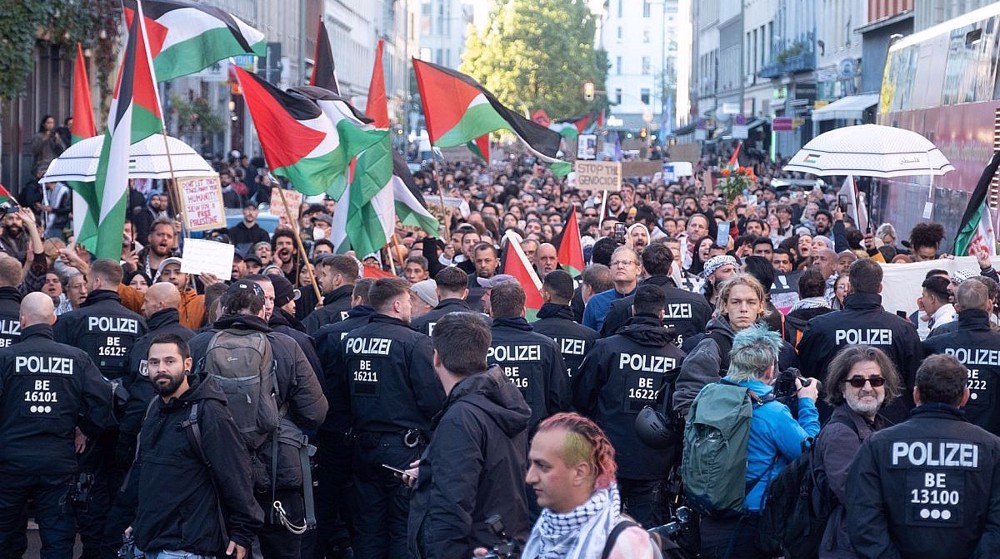
Germany set to deport four foreign pro-Palestine protesters
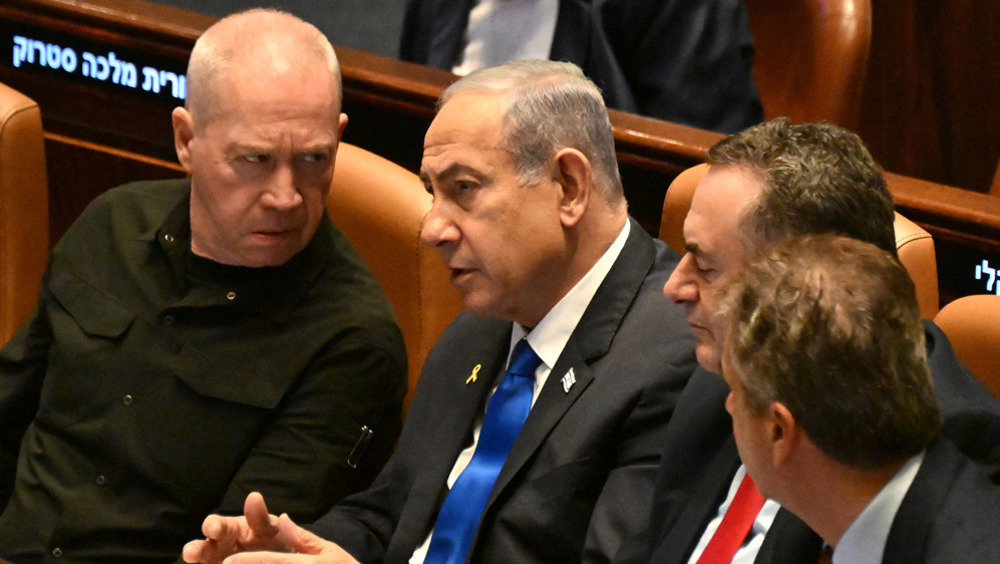
Hind Rajab Foundation to file legal action ahead of Netanyahu’s planned trip to Hungary
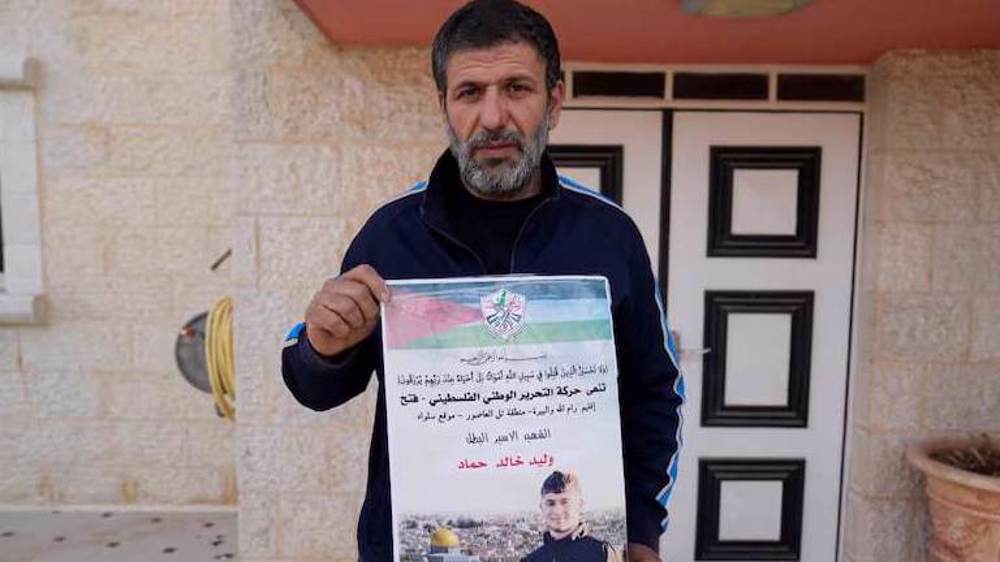
Palestinian teenager dies in Israel's jail after being held 6 months without charge
VIDEO | Press TV's news headlines
Iran condemns Israel’s continued aggression against Lebanon
VIDEO | Iran Islamic Republic day
Yemeni forces attack US aircraft carrier with cruise missiles, drones
Germany set to deport four foreign pro-Palestine protesters
VIDEO | No more bakeries working in Gaza as Israeli blockade shuts down all entries to territory
Hind Rajab Foundation to file legal action ahead of Netanyahu’s planned trip to Hungary
VIDEO | Iran marks Islamic Republic anniversary


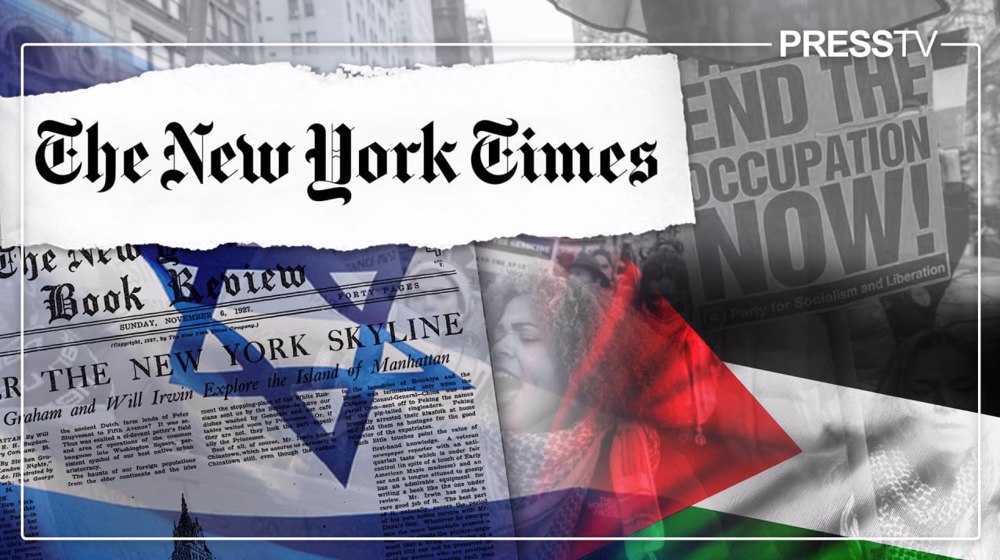
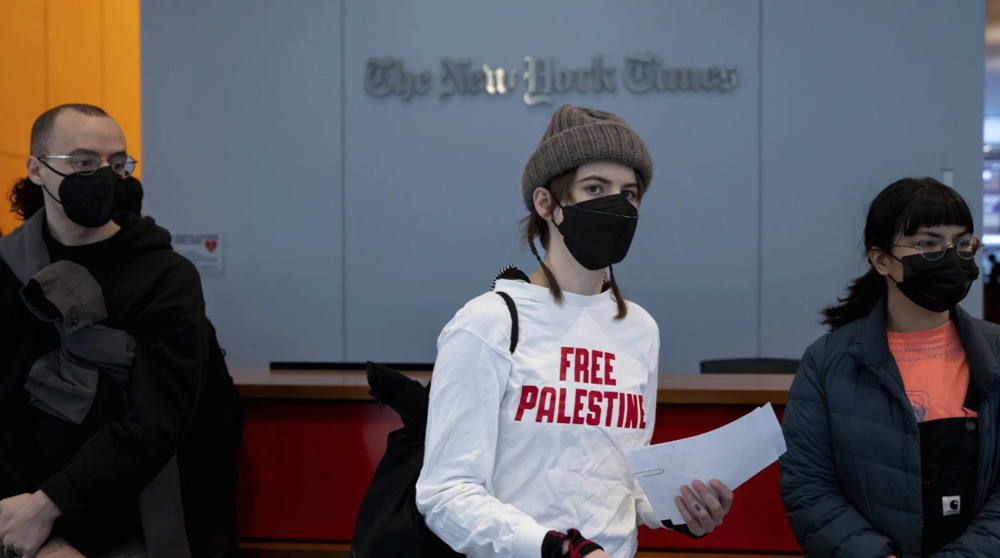
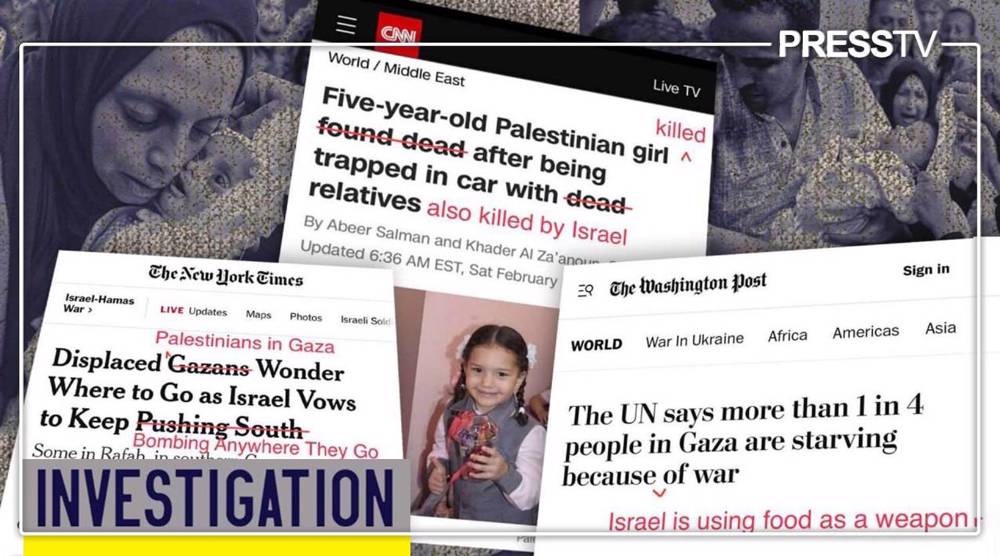



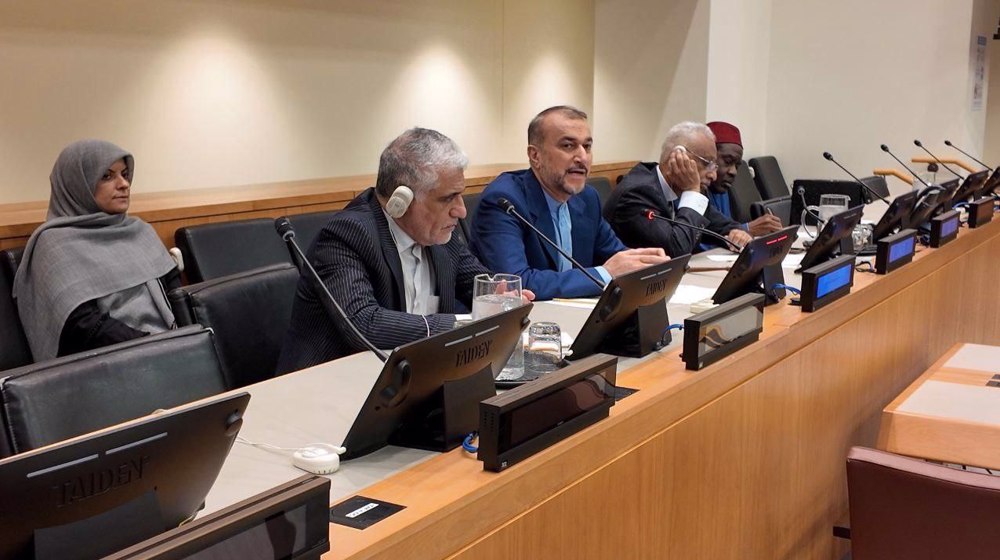
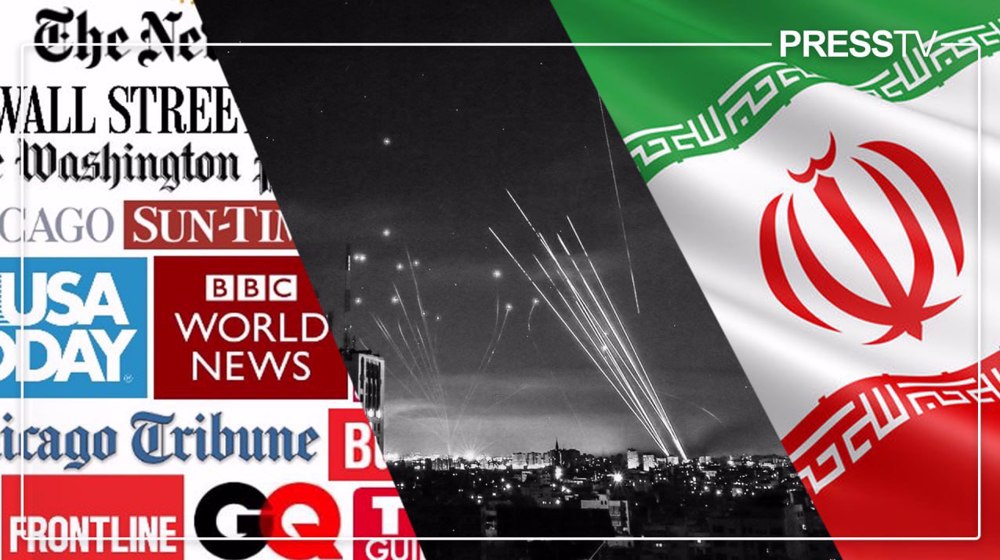
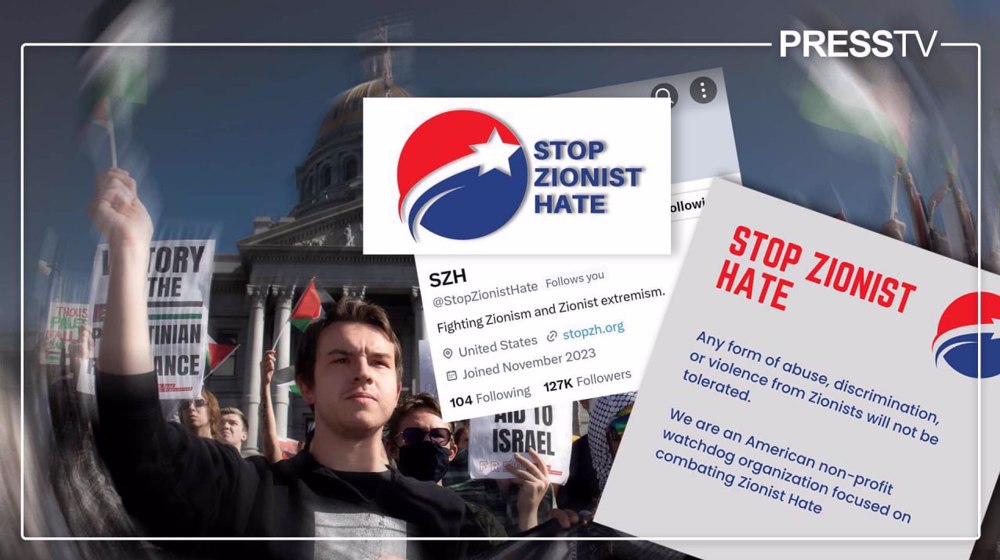
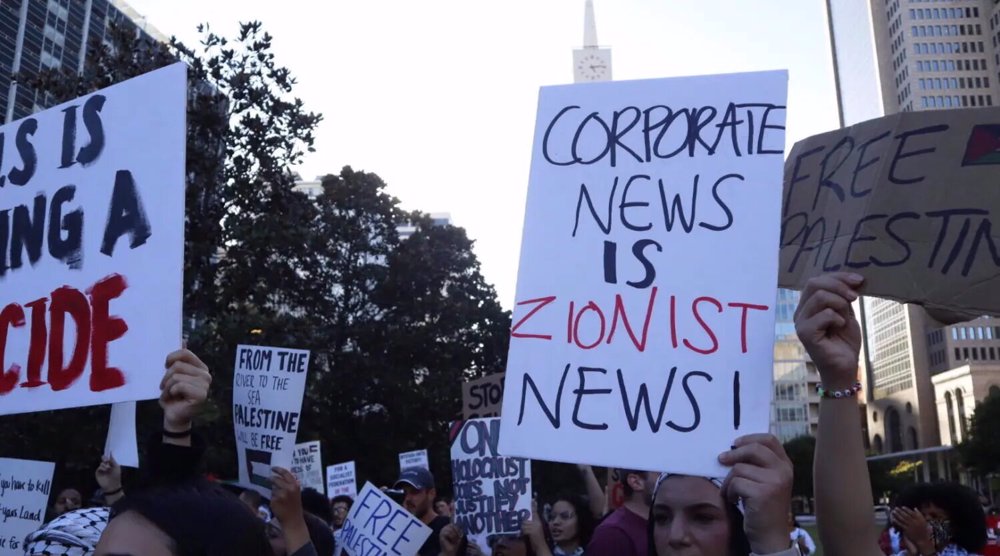
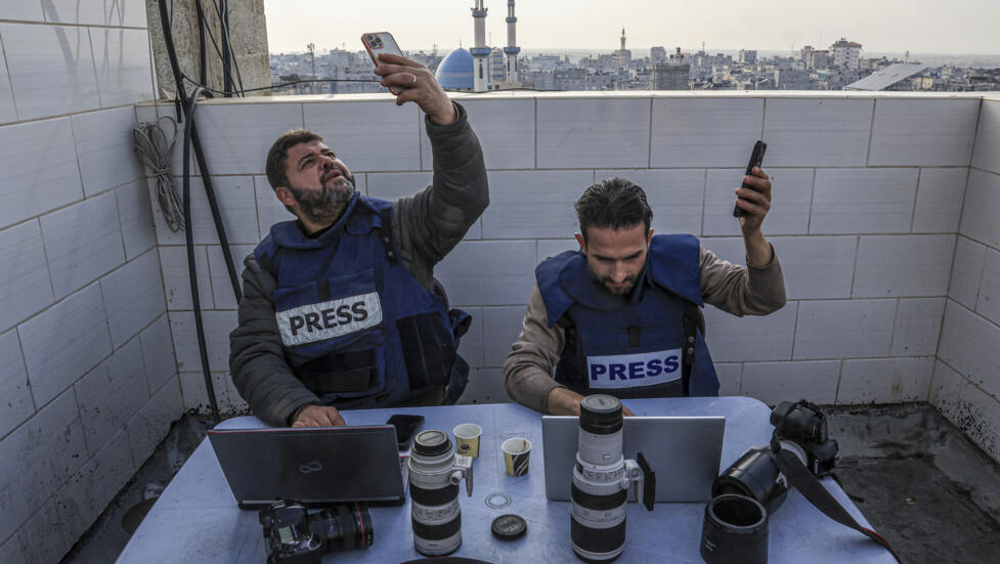

 This makes it easy to access the Press TV website
This makes it easy to access the Press TV website